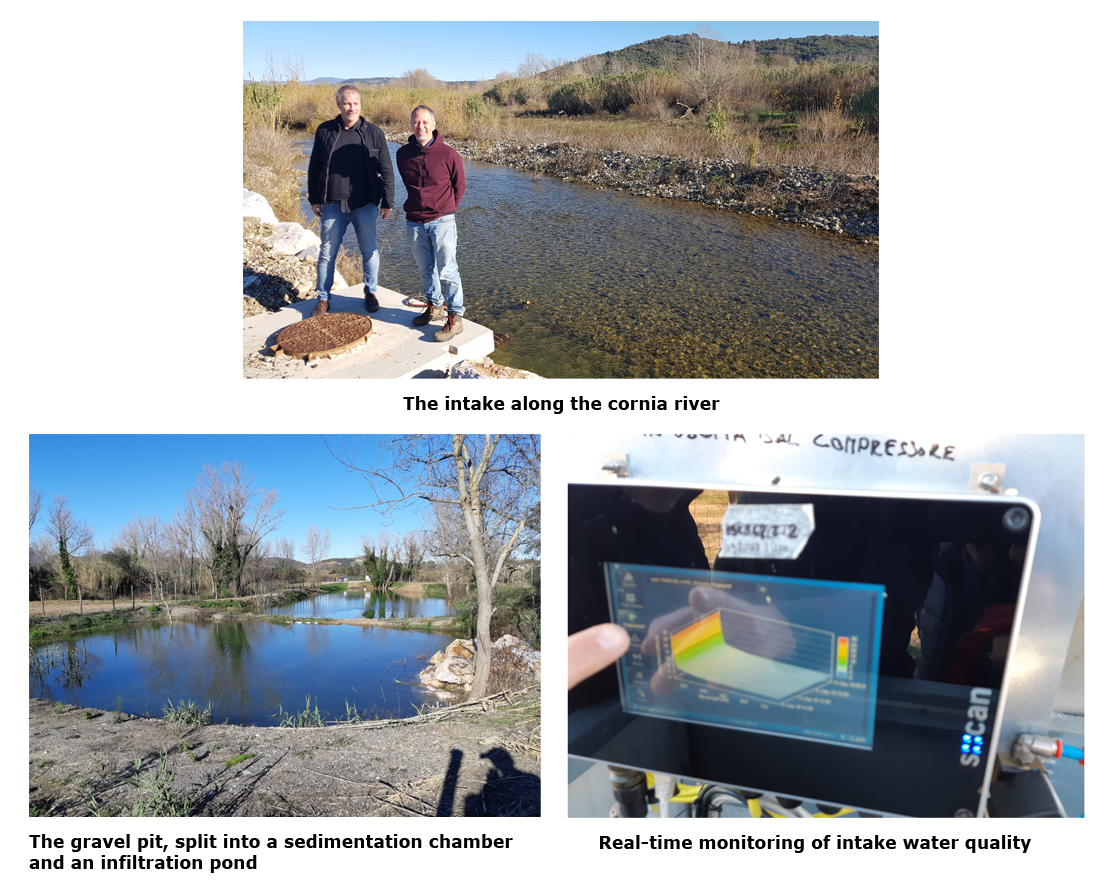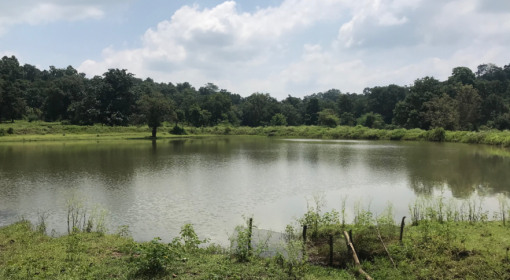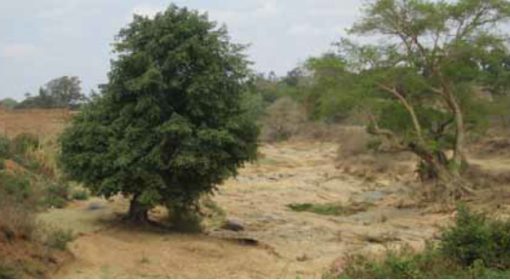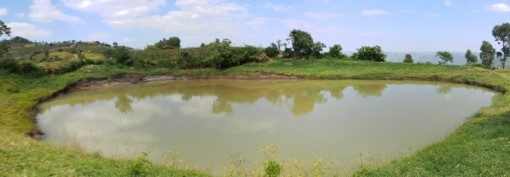Water factories: the second life of gravel pits
Posted by Frank van Steenbergen
December 28, 2018
They are all over the world where construction industry is booming: gravel pits. Rather than leaving them as scars in the landscape, they may be key to new forms of groundwater management.
In the past gravel mining in the coastal area of Southern Tuscany (Italy) was largely unregulated. Many gravel pits were developed: many of these were never refilled. The industry came to an end when the exploitation of gravel no longer came automatically with the ownership of the land.
Particularly since the construction of storage dams upstream, the area became water-stressed, exacerbated by the development of wells that sustain the cultivation of high value vegetables. Under the LIFE program one such gravel pit close to Forni was further deepened and transformed into an infiltration structure aimed at replenishing local groundwater resources. The excavated pit in fact was split in two: a relatively small sediment pond and a larger infiltration basin that received the overflow of clean water from the sediment pond. The pond location and deepening was also done to have the groundwater recharge tilting away from the Cornia River. It would make no sense for the new water lens underneath the gravel pit to feed back into the river.
The infiltration structure is fed by an intake from the Cornia River, equipped with a pumping unit. The pumping unit typically operates 75% of the time. If the level of the river drops below the environmental flow the pump automatically stops. The pump also stops during flood events as the river in flood carries too much sediment as well as iron and nitrate. The measurement of water quality is fully automated. The piezometer around the infiltration pond have already detected a 80 centimetre increase in groundwater level in the first month of operation.

The investment in the pond is USD 360,000– creating a storage capacity of 200,000 cubic meter. Compared to surface storage dams this is incredibly cheap: USD 1,80 per cubic metre. Moreover, 40% of the cost went into instrumentation. Replicating the concept on other abandoned gravel pits may cost even lower. The structure recharges water @ 65 litres per second.
The project is operated by a partnership of the Land Management Authority, the River Basin District, the Water Utility and the Scuola Superiore Sant’Anna of Pisa. The land owners – the construction company that at one time was hoping to do the gravel mining – gave permission to utilize the land for a number of years. Although the main purpose of the infiltration structure Is to restore the ecology of the area, it may also be expected to reduce pumping as soil moisture is more assured with the newly created shallow groundwater lens. According to Ruby Rosetto, the lead researcher for the Sant’Anna School, it is not inconceivable that in the future such structures may be used to produce and sell water. Moreover, all could be operated by remote control. To some extent a ‘profit from recharge’ business is already happening in Northern Italy where farmers have converted some of their land to forestry whilst at the same time adding drainage canals to the land. These drainage canals take the excess water from irrigation systems in the off-season so as to add to the local groundwater resources. Farmers are compensated not by direct payment but by a fee for environmental services delivered. It is indeed a step towards a new future for groundwater management …
{jcomments on}



